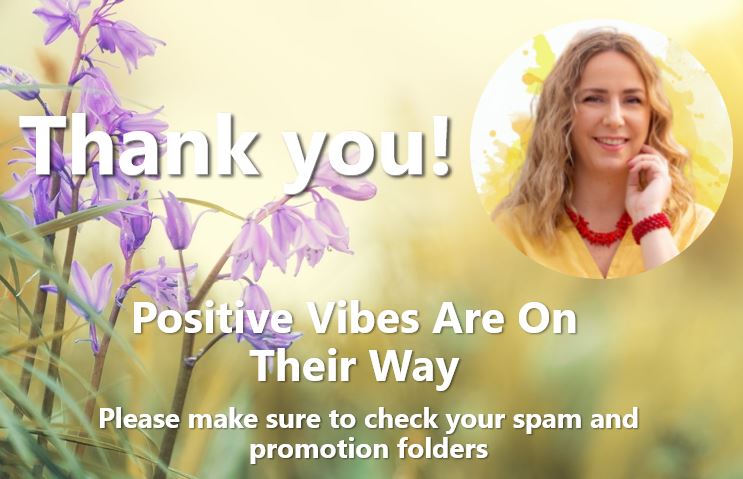We know the advantages of meditation — from less pressure to a steadier state of balance. Despite all the benefits, people still struggle with it in practice.
When people start practicing meditation and mindfulness, they become overwhelmed and try to control every step to make it perfect instead of relaxing, enjoying it, and making it playful and fun. The second problem is that people find it difficult to sit still and let go of attachments to emotions, people, places, and events, and look at it from the observer aspect without being involved in the emotions. Yes, thoughts will come up, don’t try to suppress them, observe them, and let them go. In the beginning, this could be challenging, and many find it difficult to detach from emotions, which is often an excuse not to continue with the practice and simply saying “it didn’t work”. Especially, then they should continue because it is a breakthrough to the next personal development level. The third problem is that they don’t schedule it in their daily plan. What is not scheduled will probably not be done. People find it easy to schedule a coffee with a friend or a hairdresser appointment and stick to it, but find it difficult to schedule a meeting with themselves and invest in the most important person in their lives—Them! People tend to commit to their work, their bosses, and their spouses, but they don’t commit to themselves.
A lot has been said about the significance of meditation and how to practice it in the working environment, however, some of them don’t generally deliver how to build up a bearable practice over the long run. Here are some activities that can help.
Find a Community
The fame of meditation applications in the previous decade has moved up to the possibility that mindfulness and meditation should be polished separately. What’s more, most people nowadays began their practice without anyone else, frequently adhering to guidelines in an application. The best-preferred position of this pattern is availability: Anybody can take up thinking with a couple of snaps on their phone, individually.
However, for centuries, meditation has to a great extent been drilled in communities. In Buddhism, they’re called sanghas. Such gatherings give two principal benefits. To begin with, there’s the responsibility, on the grounds that the gathering meets at a specific date and time. Second, there’s social help as motivation through others’ advancement and the arrangement that the difficulties you face and tips on how to improve it are shared by others.
Most people who have set up a normal meditation practice have found and supported some type of community. You can look for a community and join their group.
Focus on a Non-Debatable Time for Meditation
Being in a community gives structure to guarantee that you practice consistently. Setting up a solid time for your own meditation is likewise basic. Set a time for your meditation practice and don’t let anyone or anything interfere with your schedule. In this way, you can truly focus and set your mind on things and condition your psyche that this is a time for meditation and commit to yourself and invest in yourself. Make time for the most important person in your life: YOU! The best thing to deal with it is to schedule it in the morning and then you have the whole day to do other things and not think about it. When you set a schedule, be sure to commit to it!
Work with a Coach
You may have the skill to know the fundamentals of piano, however, you’ll improve quicker if you have a mentor/coach who discloses how to understand music and gives you customized input. The same is true for meditation. Following stretches of practice, you may experience hindrances: actual agony from sitting still or disagreeable contemplations and feelings that you don’t have the idea how to manage. You may feel you’re not gaining ground and be enticed to stop. An accomplished meditation coach can help you through this crucial time by giving tips and tricks to succeed in the practice.
Have the Desire to Move Forward
Reliable practice is fundamental. You need to do it, and you need to do it routinely — including when you don’t feel like it, so that after some time, your psyche/inner self figures out how to rest in open mindfulness, to be able to let the thoughts pass by without allowing them to disturb you.
I hope you find the activities I mentioned meaningfully. There will be occasions when you will waver with one of the activities. However, when you’ve set up each of the four, the others can help continue your meditation practice. It doesn’t have to be perfect. Perfection comes with time. Try to make it enjoyable, fun, and playful.
How can I help you?
When I tune into somebody’s body, I am able to see his/her energy. Based on the energy the body vibrates, I can see what the exact problem is. Energy is a really powerful and effective tool. The good news is that you can change energy. I help clients to realize negative energy from their bodies and replace that negative energy with positive energy.
My clients call me Cosmic Ninja because I am able to help them make a huge energy shift that they need to move forward with their life. My clients see the changes very fast, which is the reason they love working with me.
Find out how I can help you. Book your appointment here.

